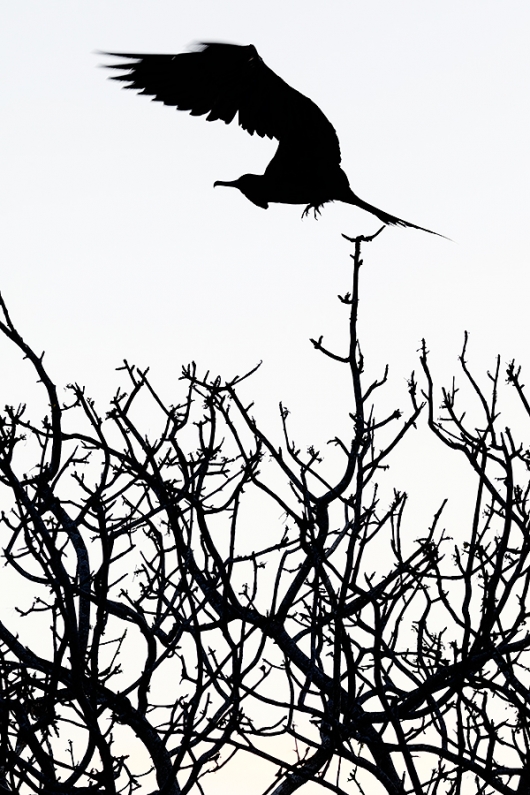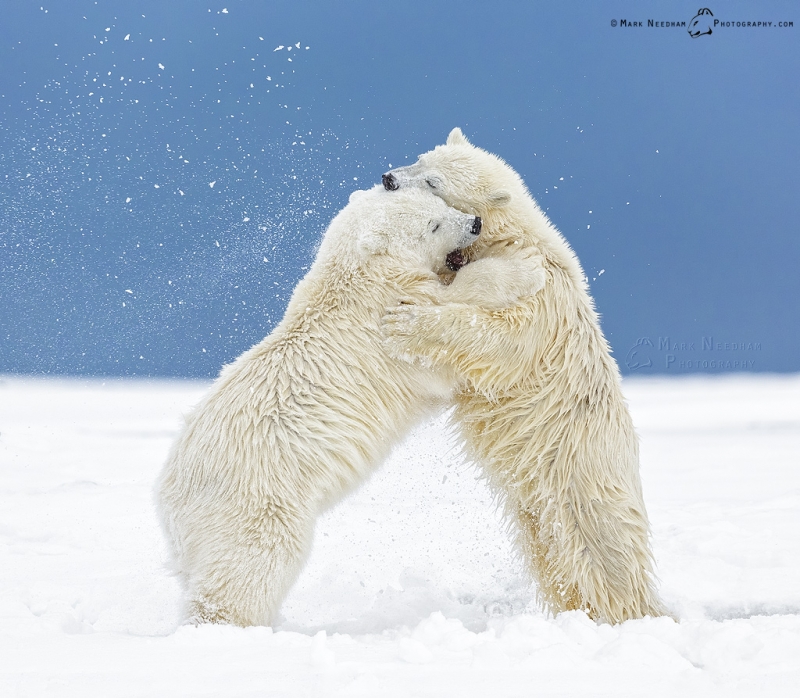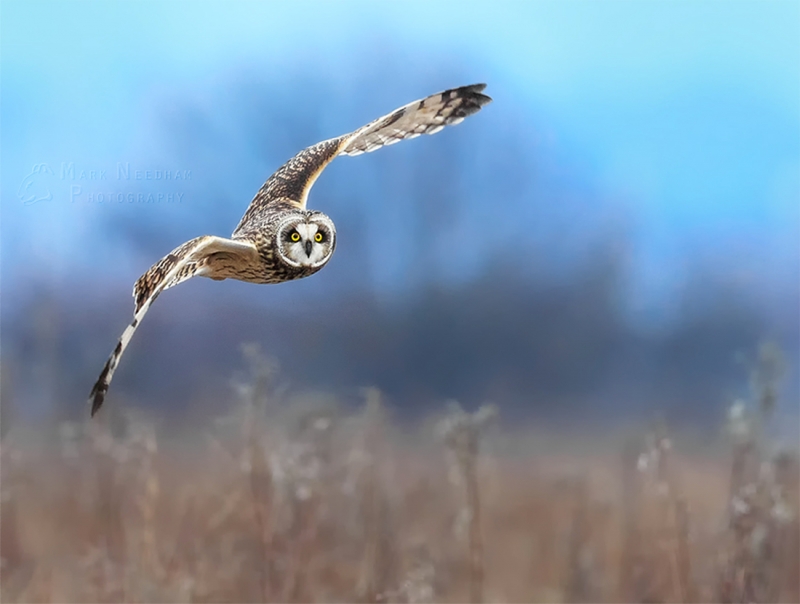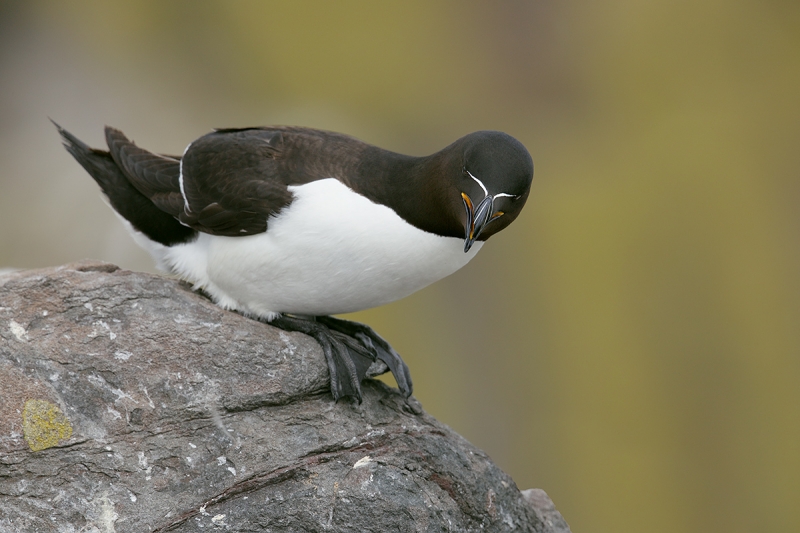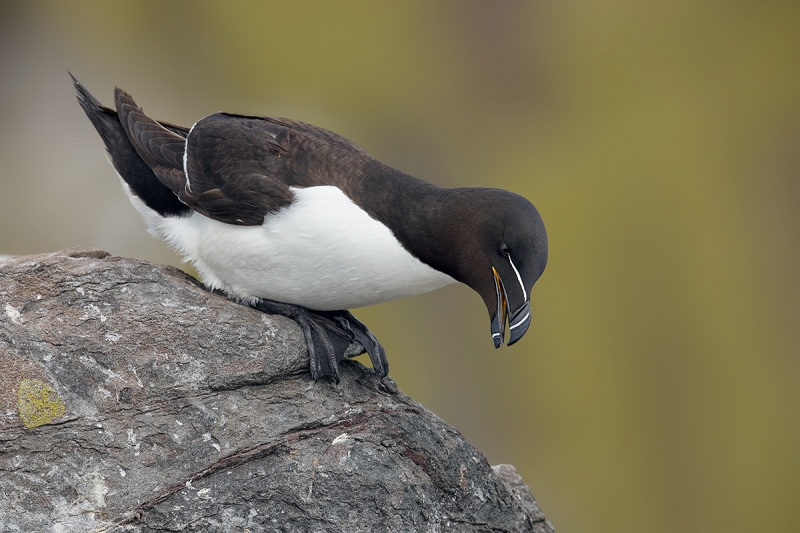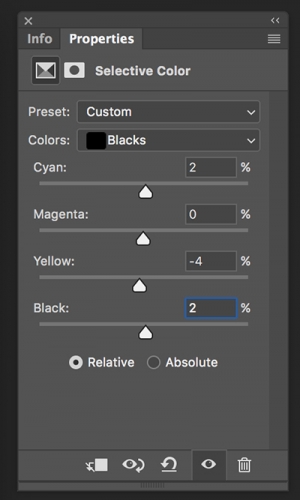Stuff
I got lots more work done on my 2016 taxes on Tuesday, again with Jennifer’s help; three is still lots of work to do, but the end is in sight. I swam after lunch and got in some core exercises and stretching as well.
I was glad to learn that the sale of Lisa Tri’s Canon 70-200mm f/2.8L IS USM Zoom lens is pending after being listed for only two days. Pricing the used gear stuff is an art –hey, that’s me. There is a very fine line between a price that will sell an item quickly while still getting a nice return for the seller and a price that will not attract any potential buyers. In many cases when used gear that sits on the page for months it is because folks wanted to be just a bit greedy and ignored my advice …
Props to Venus Williams (37) for her amazing US Open Tennis victory last night over a really game Petra Kvitova (27), a two-time Wimbleldon winner from the Czech Republic. Talk about grit …
Important Blog Subscription News
Many folks have been e-mailing recently stating that they have not been receiving blog notices via e-mail after having received them for years. They are actually still subscribed. But, since we went to a new server, we have been having problems with certain e-mail providers, most notably with att.net. Our understanding is that they, and several others including pacbell.net, bellsouth.net, mcn.net (and possibly others) have black-listed us for no reason whatsoever. 🙂 We have been aware of and have been working on this issue but there is a chance that the situation may never be fixed. Actually, the exact same problem has persisted for several years on BirdPhotographer’s.Net. My solution there was to open a free gmail account and get in the habit of checking it every day. I still do just that so that I can get my BPN notices and respond to the various threads that I am following.
At present, there are two viable solutions:
1- You can open a free gmail account and subscribe at that address. You will get your BAA blog notifications there without a problem.
2- You can save the blog address as a favorite and get in the habit of visiting every day. I should be posting every day for at least the next year … And beyond that as well. Barring any serious health or internet problems.
I am glad that folks miss getting their BIRDS AS ART Blog notices. If you have stopped getting yours and use a different e-mail provider than the four listed above, please click here to shoot me an e-mail. Please be sure to let us know your e-mail provider.
The Streak
Today marks forty-three days in a row with a new educational blog post. This one took a svelte 45 minutes to prepare. With all of my upcoming free time, the plan right now is to break the current record streak of (I think) four hundred eighty something … Good health and good internet connections willing.
Everybody’s Doing It…
Everybody’s buying and selling used gear on the BAA Used Gear Page. Sales recently have been through the roof. Selling your used (or like-new) photo gear through the BAA Blog or via a BAA Online Bulletin is a great idea. We charge only a 5% commission. One of the more popular used gear for sale sites charged a minimum of 20%. Plus assorted fees! Yikes. They recently folded. And eBay fees are now in the 13% range. The minimum item price here is $500 (or less for a $25 fee). If you are interested please e-mail with the words Items for Sale Info Request cut and pasted into the Subject line :). Stuff that is priced fairly–I offer free pricing advice, usually sells in no time flat. In the past few months, we have sold just about everything in sight. Do know that prices on some items like the EOS-1D Mark IV, the old Canon 500mm, the EOS-7D, and the original 400mm IS DO lens have been dropping steadily. Even the prices on the new 600 II and the 200-400 with Internal Extender have been plummeting. You can see all current listings by clicking here or by clicking on the Used Photo Gear tab on the right side of the yellow-orange menu bar at the top of each blog post.
Booking.Com
I could not secure the lodging that I needed for the UK Puffins and Gannets IPT in Dunbar, Scotland, so I went from Hotels.Com to Booking.Com and was pleasantly surprised. I found the rooms that I needed with ease at a hotel that was not even on Hotels.Com, and it was a nice hotel that I had seen in person. And the rates were great. If you’d like to give Booking.Com a shot, click here and you will earn a $25 reward.
Thanks to the many who have already tried and used this great service.
Revamped
I recently updated the IPT page. If you doubt that I am really slowing down, click here to see the meager IPT schedule. Right now there are only two US-based IPTs on the schedule. Best news is I now have two folks registered for the Fort DeSoto IPT so that will run. Do consider joining us if you would like to learn from the best.
Photographers Wanted
If you would like to learn to become a much better bird photographer, consider joining me on either the Fort DeSoto IPT in late September or the San Diego IPT in January, 2018. With four folks signed up, DeSoto will offer practically private instruction. And you can tack on the In-the-Field/Meet-up Workshop Session on the morning of Tuesday September 26, 2017 for free. Scroll down for details. Click here for complete IPT info and the current but abbreviated schedule.


Gear Questions and Advice
Too many folks attending BAA IPTs and dozens of folks whom I see in the field, and on BPN, are–out of ignorance–using the wrong gear especially when it comes to tripods and more especially, tripod heads… Please know that I am always glad to answer your gear questions via e-mail.
Please Don’t Forget …
As always–and many folks have been doing a really great job for a long time now–please remember to use the BAA B&H links for your major and minor gear purchases. For best results, use one of our many product-specific links; after clicking on one of those you can continue shopping with all subsequent purchases invisibly tracked to BAA. Your doing so is always greatly appreciated. Please remember: web orders only. And please remember also that if you are shopping for items that we carry in the BAA Online Store (as noted in red at the close of this post below) we would of course appreciate your business.
|
|
|
This image was created on the 2017 Galapagos IPT on our second North Seymour landing with the hand held Canon EF 100-400mm f/4.5-5.6L IS II USM lens (at 230mm) and my favorite pre-dawn silhouette photography camera body, the Canon EOS 5D Mark IV. ISO 500. Evaluative metering +2 stops as framed: 1/500 sec. at f/7.1 in Tv (Shutter Priority) mode. AWB. LensAlign/FocusTune micro-adjustment: -3. I selected an AF point that was five rows up and two the right of the center AF point/AI Servo/Expand/Shutter button AF as presented. The selected AF point was active at the moment of exposure and just caught the frigatebird’s tail. Frigatebird taking flight just after sunrise, North Seymour Island, Galapagos, Ecuador. |
What could be easier? Just follow the simple directions …
The Minimum Shutter Speed Technique
“Gang. That frigatebird to our left would make a nice silhouette and with all that white sky, everyone can shoot it. Put your camera in Tv (Shutter Priority) mode with auto white balance. Set a shutter speed that you are comfortable with. I am going with 1/500 sec. You might go as high as 1/1000 sec. If you do not have ISO Safety Shift set, go with Auto ISO> Set +2 stops of compensation using the thumb wheel to move the histogram well to the right. Remember that in low light the meter is stupid when it is looking at very light-toned scenes. Your camera will automatically set the ISO. Now go to vertical, pick an upper sensor, and fire when ready”.
I picked the upper right AF point when trying to create a pleasing vertical of the perched bird. When the big bird took off, I panned a bit and fired. I got a bit lucky as AF held.
It may be worth your while to study and learn the Minimum Shutter Speed technique detailed above. It is fast and easy and works very well in low light situations. All that you need to do is to set the correct EC (exposure compensation) …
Your Call
Please leave a comment and let us know what you like or what you do not like about this image.
More 100-400 II Versatility
What can I say? The 100-400mm II is an amazing lens that can do just about anything. Not quite convinced? See the blog post here.
You could actually do a whole Galapagos trip with just the 1-4 … If you are interested in my late July 2019 Galapagos Photo Cruise, please let me know via e-mail.
If In Doubt …
If in doubt about using the BAA B&H affiliate link correctly, you can always start your search by clicking here. Please note that the tracking is invisible. Web orders only. Please, however, remember to shoot me your receipt via e-mail.
|
Obviously folks attending the IPT will be out in the field early and stay late to take advantage of sunrise and sunset colors. The good news is that the days are relatively short in October. Click on the composite to enjoy a larger version. |
The Fort DeSoto 2017 Fall IPT/September 22 (afternoon session) through the full day on September 25, 2017. 3 1/2 FULL DAYs: $1649. Limit 8/openings 4.
Fort DeSoto, located just south of St. Petersburg, FL, is a mecca for migrant shorebirds and terns in fall. There they join hundreds of egrets, herons, night-herons, gulls, and terns who winter on the T-shaped peninsula that serves as their wintering grounds. With luck, we may get to photograph two of Florida’s most desirable shorebird species: Marbled Godwit and the spectacular Long-billed Curlew. Black-bellied Plover and Willet are easy, American Oystercatcher almost guaranteed. Great Egret, Snowy Egret, Great Blue Heron, and Tricolored Heron are easy as well and we will almost surely come up with a tame Yellow-crowned Night-Heron or two. We should get to do some Brown Pelican flight photography. And Royal, Sandwich, Forster’s, and Caspian Terns will likely provide us with some good flight opportunities as well. Though not guaranteed Roseate Spoonbill and Wood Stork would not be unexpected.
Folks who sign up for the IPT are welcome to join us on the ITF/MWS on the morning of Tuesday, September 26 as my guest. See below for details on that.
On the IPT you will learn basics and fine points of digital exposure and to get the right exposure every time after making a single test exposure, how to approach free and wild birds without disturbing them, to understand and predict bird behavior, to identify many species of shorebirds, to spot the good situations, to choose the best perspective, to see and understand the light, and to design pleasing images by mastering your camera’s AF system. And you will learn how and why to work in Manual mode (even if you’re scared of it).
There will be a Photoshop/image review session after lunch (included) each day. That will be followed by Instructor Nap Time.
The best airport is Tampa (TPA). Register soon so that you can be assured of a room at the IPT hotel.
A $500 deposit is due when you sign up and is payable by credit card. Balances must be paid by check after you register. Your deposit is non-refundable unless the IPT sells out with ten folks so please check your plans carefully before committing. You can register by calling Jim or Jennifer during weekday business hours at 863-692-0906 with a credit card in hand or by sending a check as follows: make the check out to: BIRDS AS ART and send it via US mail here: BIRDS AS ART, PO BOX 7245, Indian Lake Estates, FL 33855. You will receive a confirmation e-mail with detailed instructions, gear advice, and instructions for meeting on the afternoon of Friday, September 22.
|
Fort DeSoto in fall is rich with tame birds. All of the images in this card were created at Fort DeSoto in either late September or early October. I hope that you can join me there this October. Click on the composite to enjoy a larger version. |
BIRDS AS ART In-the-Field/Meet-up Workshop Session (ITF/MWS): $99.
Join me on the morning of Tuesday September 26, 2017 for 3-hours of photographic instruction at Fort DeSoto Park. Beginners are welcome. Lenses of 300mm or longer are recommended but even those with 70-200s should get to make some nice images. Teleconverters are always a plus.
You will learn the basics of digital exposure and image design, autofocus basics, and how to get close to free and wild birds. We should get to photograph a variety of wading birds, shorebirds, terns, and gulls. This inexpensive afternoon workshop is designed to give folks a taste of the level and the quality of instruction that is provided on a BIRDS AS ART Instructional Photo-tour. I hope to meet you there.
To register please call Jim or Jennifer during weekday business hours at 863-692-0906 with a credit card in hand to pay the nominal non-refundable registration fee. You will receive a short e-mail with instructions, gear advice, and meeting place at least two weeks before the event.
|
BAA Site Guides are the next best thing to being on an IPT. |
Fort DeSoto Site Guide
Can’t make the IPT? Get yourself a copy of the Fort DeSoto Site Guide. Learn the best spots, where to be when in what season in what weather. Learn the best wind directions for the various locations. BAA Site Guides are the next best thing to being on an IPT. You can see all of them here.




Please Remember to use my Affiliate Links and to Visit the New BAA Online Store 🙂
To show your appreciation for my continuing efforts here, we ask, as always, that you get in the habit of using my B&H affiliate links on the right side of the blog for all of your photo and electronics purchases. Please check the availability of all photographic accessories in the New BIRDS AS ART Online Store, especially the Mongoose M3.6 tripod head, Wimberley lens plates, Delkin flash cards and accessories, and LensCoat stuff.
As always, we sell only what I have used, have tested, and can depend on. We will not sell you junk. We know what you need to make creating great images easy and fun. And please remember that I am always glad to answer your gear questions via e-mail.
I would of course appreciate your using our B&H affiliate links for all of your major gear, video, and electronic purchases. For the photographic stuff mentioned in the paragraph above, and for everything else in the new store, we, meaning BAA, would of course greatly appreciate your business. Here is a huge thank you to the many who have been using our links on a regular basis and those who will be visiting the New BIRDS AS ART Online Store as well.
Amazon.com
Those who prefer to support BAA by shopping with Amazon may use the logo link above.
Amazon Canada
Many kind folks from north of the border, eh, have e-mailed stating that they would love to help us out by using one of our affiliate links but that living in Canada and doing so presents numerous problems. Now, they can help us out by using our Amazon Canada affiliate link by starting their searches by clicking here.
Be sure to like and follow BAA on Facebook by clicking on the logo link upper right. Tanks a stack.
Typos
In all blog posts and Bulletins, feel free to e-mail or to leave a comment regarding any typos or errors. Just be right :).

